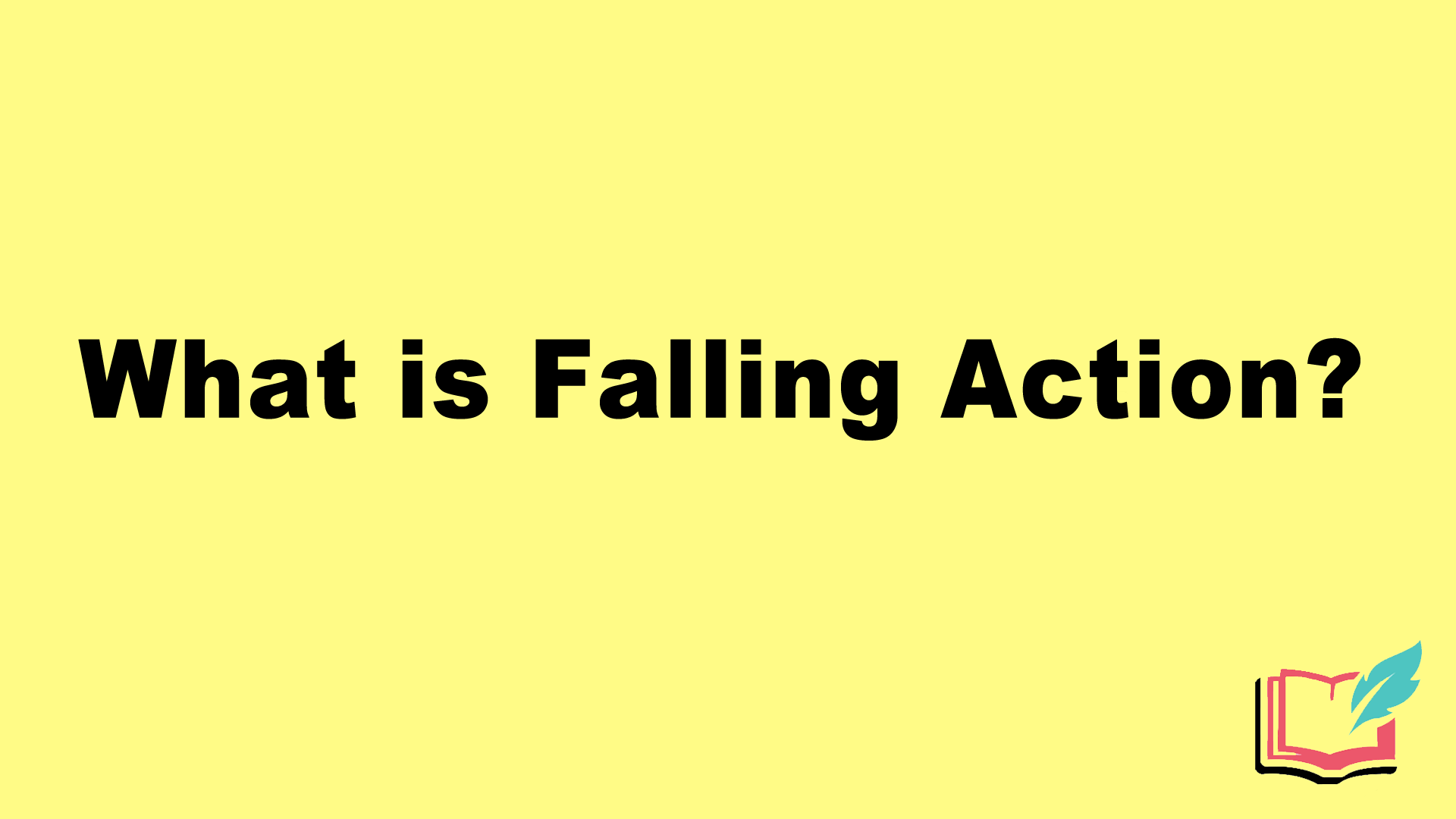
Falling action is the point in a narrative plot that follows the climax. In the falling action, a story’s main conflict is resolved.
What is Falling Action?
The falling action of a story is the point in the plot following the story’s climax, where the conflict reaches the height of its action. From here, the plot progresses into the falling action phase which is where the resolution of the conflict occurs. Falling action serves to wrap up a narrative by tying up loose ends and leading towards the story’s conclusion.
At this point, the story’s tension is relieved as solutions are reached. The story begins to move to the conclusion, or the resolution, at which point everything will be tied up and resolved. For example, in a hero tale, the hero’s journey home after defeating the villain would be the falling action.
Falling Action vs. Rising Action
Falling action is the opposite of rising action. Narrative stories usually follow a plot structure that moves like this: exposition, rising action, climax, falling action, resolution. The rising action occurs after the exposition, in which the key elements of the story are introduced. The rising action serves to create tension and build up the major sources of conflict. The falling action is the exact opposite. It serves to release the story’s tension through resolving the conflict.
For example, in the popular Young Adult novel, The Fault in Our Stars by John Green, the rising action begins when the two main characters start their relationship despite the fact that they both have cancer. The climax occurs when they take a trip and confess their love for each other. Then, the falling action occurs when the two return home and Augustus’s health worsens and Hazel decides to buckle in for his decline but remain his partner.
The Function of Falling Action
The falling action serves as a point in the story where audiences can breathe a sigh of relief. Audiences can see the results of the main character’s labors after the climax has passed and they can see how this affects the lives of the characters more clearly. All of this helps to create a sense of satisfaction for the audience. This satisfaction helps the story feel more complete.
More technically speaking, the falling action is the pathway between a story’s climax and its resolution without jumping forward in a manner that would feel unsettling to the audience. It keeps the narrative structure tidy and making sense to readers. It also keeps the readers engaged as the story’s events move towards the final resolution.
How Falling Action is Used in Literature
Just about every good story has a noticeable period in which the action falls. Here are a few examples:
In the classic folk tale, “Little Red Riding Hood,” the climax occurs when the wolf, who has disguised himself as Little Red Riding Hood’s grandmother, eats Little Red Riding Hood. This deception and violence provides the height of the story’s tension. From here, the falling action includes a nearby woodsman rescuing Little Red Riding Hood by killing the wolf and cutting her out of his stomach. The wolf is defeated during the falling action, so it’s important to keep in mind that falling action isn’t always a steady wind-down. It can be entertaining, too!
In “The Cask of Amontillado” by Edgar Allan Poe, the climax sees Montresor burying Fortunato alive by plastering him into a brick wall. The falling action sees Fortunato coming to consciousness inside the wall and trying to break free. However dark and grim this story is, it also shows that the falling action can maintain a level of tension that can be exciting.
Recap: What is Falling Action in Literature?
The falling action of a story is one of five major narrative plot phases. It occurs after the story’s climax and is the opposite of the story’s rising action. Overall, the falling action serves to tie up loose ends and relieve the major tension of the story.
